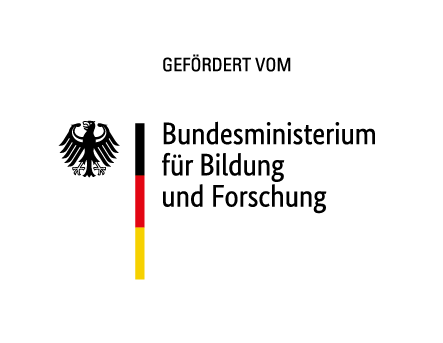
FoodAssist: Base Technologies for Meat Cutting Assistance Systems in the Food Sector
Many companies in the food technology sector have an increasing need for digital solutions that support the training of new workers and counteract existing problems such as language barriers. A promising approach is offered by digital assistance systems that have been developed to support industrial assembly and maintenance activities. These systems based on augmented reality technologies enable relevant text or image-based information as well as virtual markings to be displayed directly in the field of vision or the work area in order to generate interactive instructions.
In this project, existing assistance system solutions are to be examined for their transferability and applicability for the induction and further training of workers using the example of fine cutting of meat. For this purpose, existing system solutions are expanded to include the functions required to implement training scenarios and adapted to the special work environment and the materials and tools used. The aim of the project is the implementation of an assistance system which enables the interactive communication of patterns of different degrees of difficulty and at the same time alleviates the existing problems such as language or cultural barriers. Furthermore, the assistance systems offer the potential for conveying further training content, such as B. linguistic aspects or the meaning of information and warning symbols. For the mapping of cutting guides in the area of fine cutting, the piece of meat to be processed should first be identified and then aligned by the user based on a virtual image according to the production specifications. The cuts to be made are then visualized using markings. In addition, image material is available to obtain further information and to simulate the timing of the production process.
As a first approach, the work steps are recorded with the help of eye tracking in order to identify specific areas of interests (AOI) on the corresponding piece of meat. The movement of the knife and wrist is recorded with the aid of a smart watch. The suitability of different image processing and gesture recognition algorithms will soon be tried out in order to display the recorded information and provide feedback during the training of new workers.


